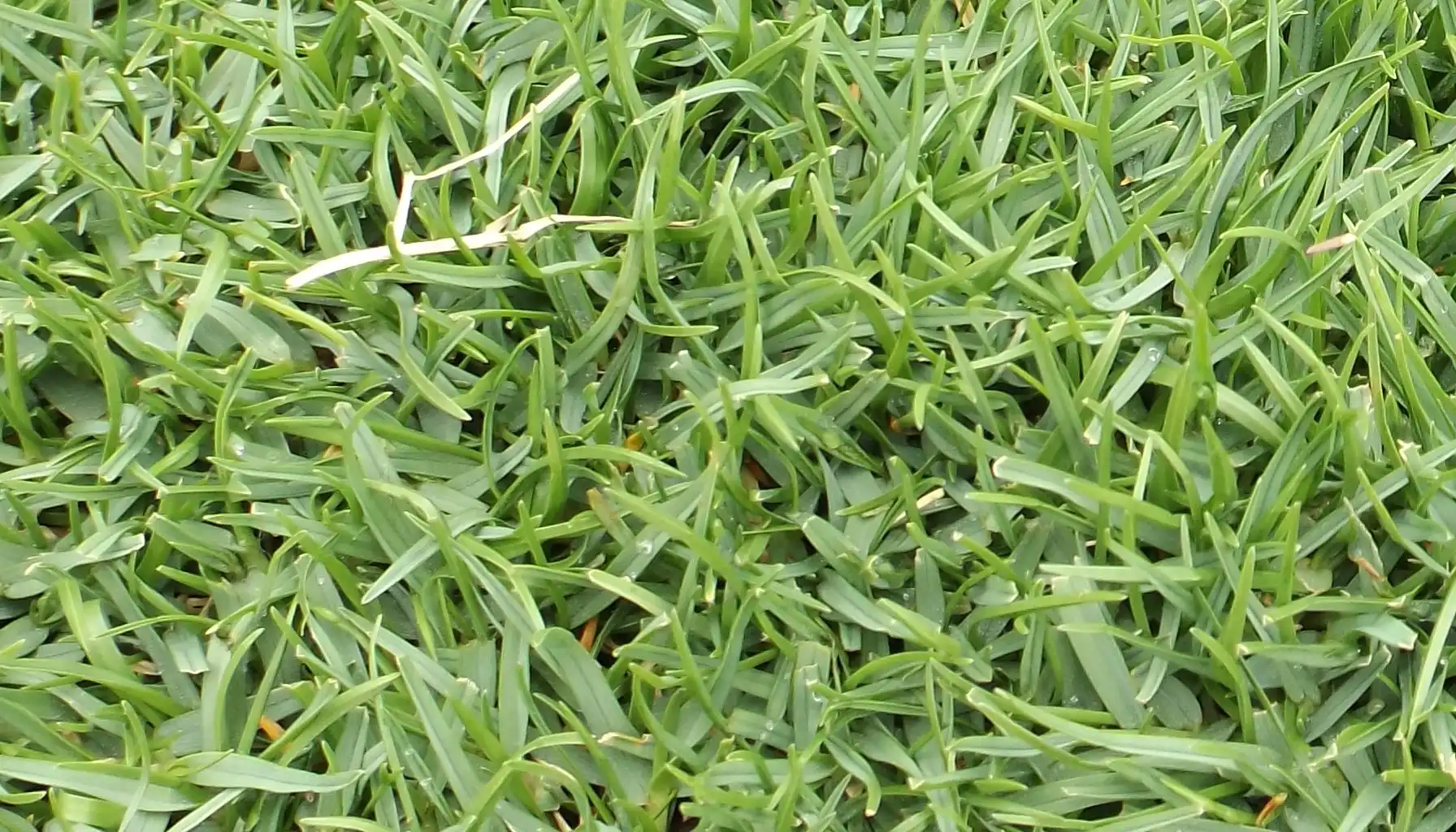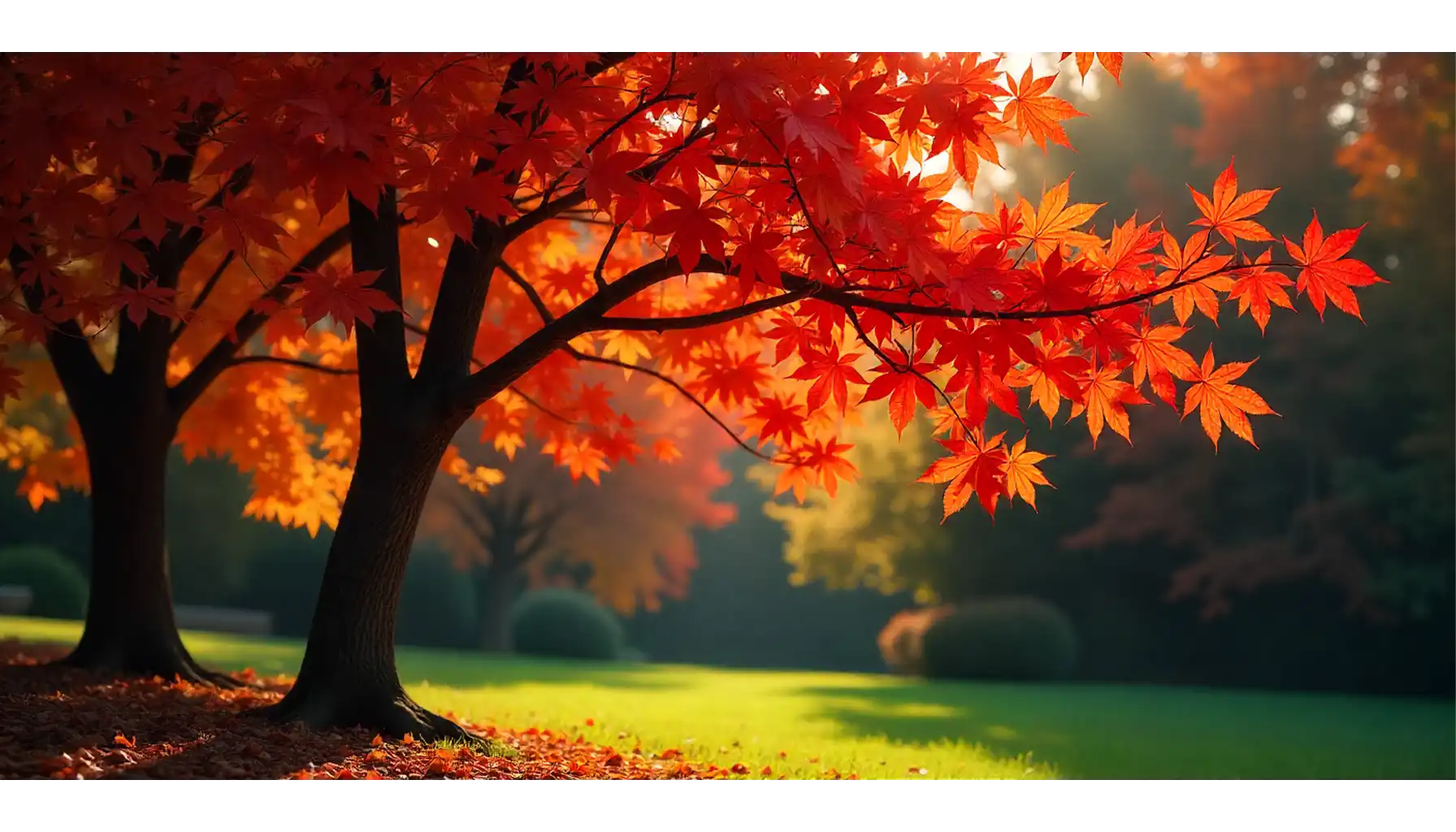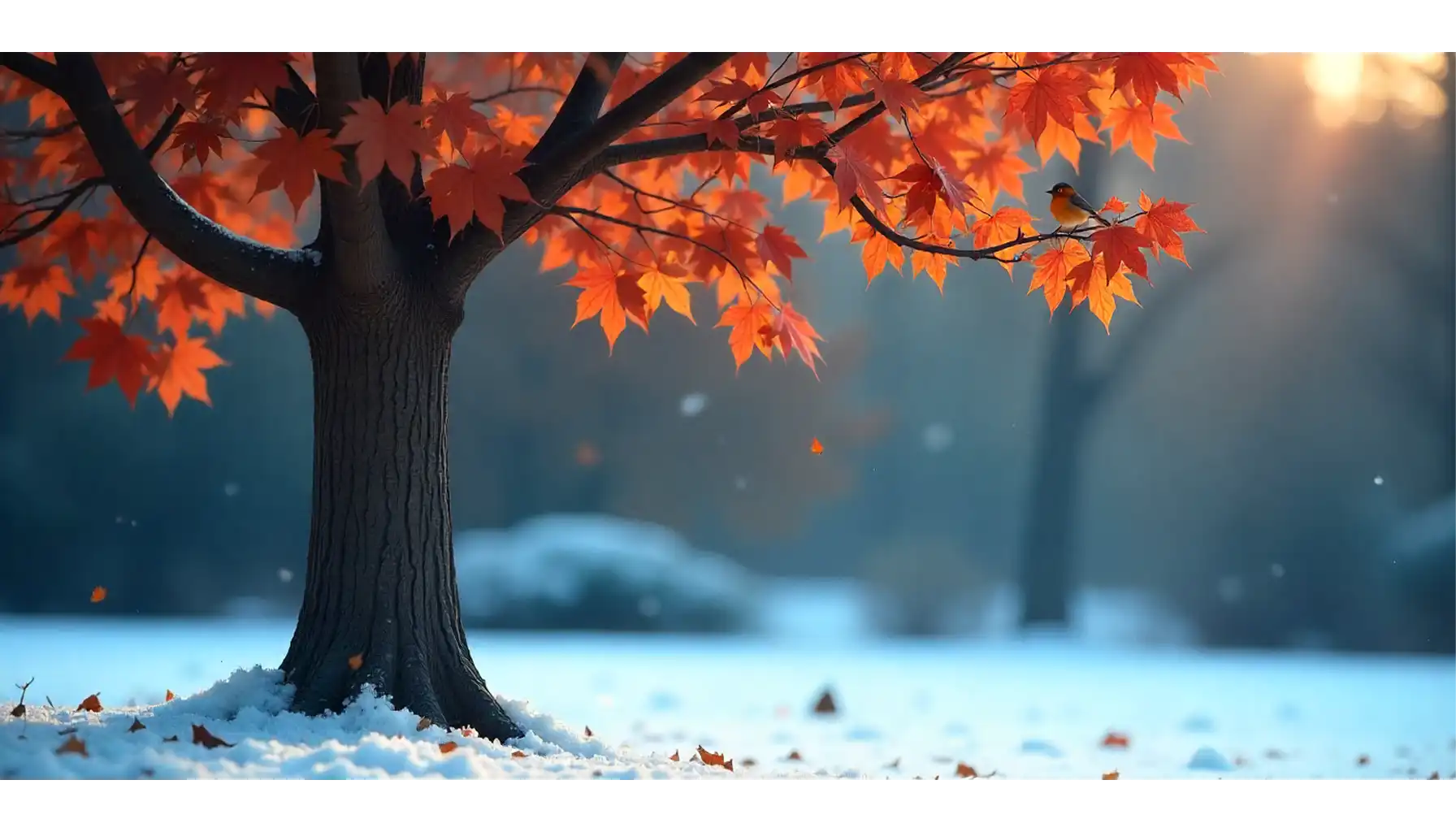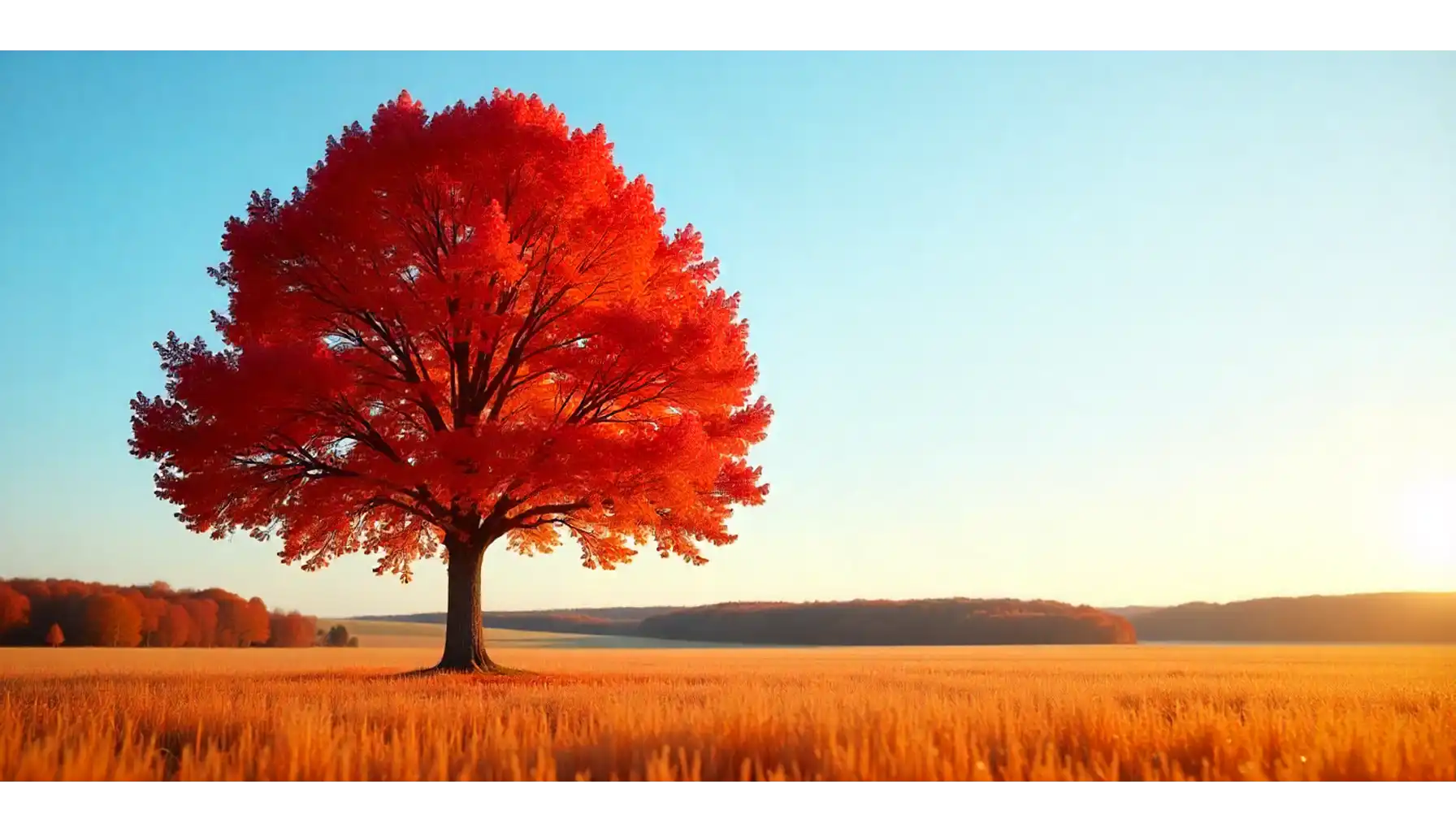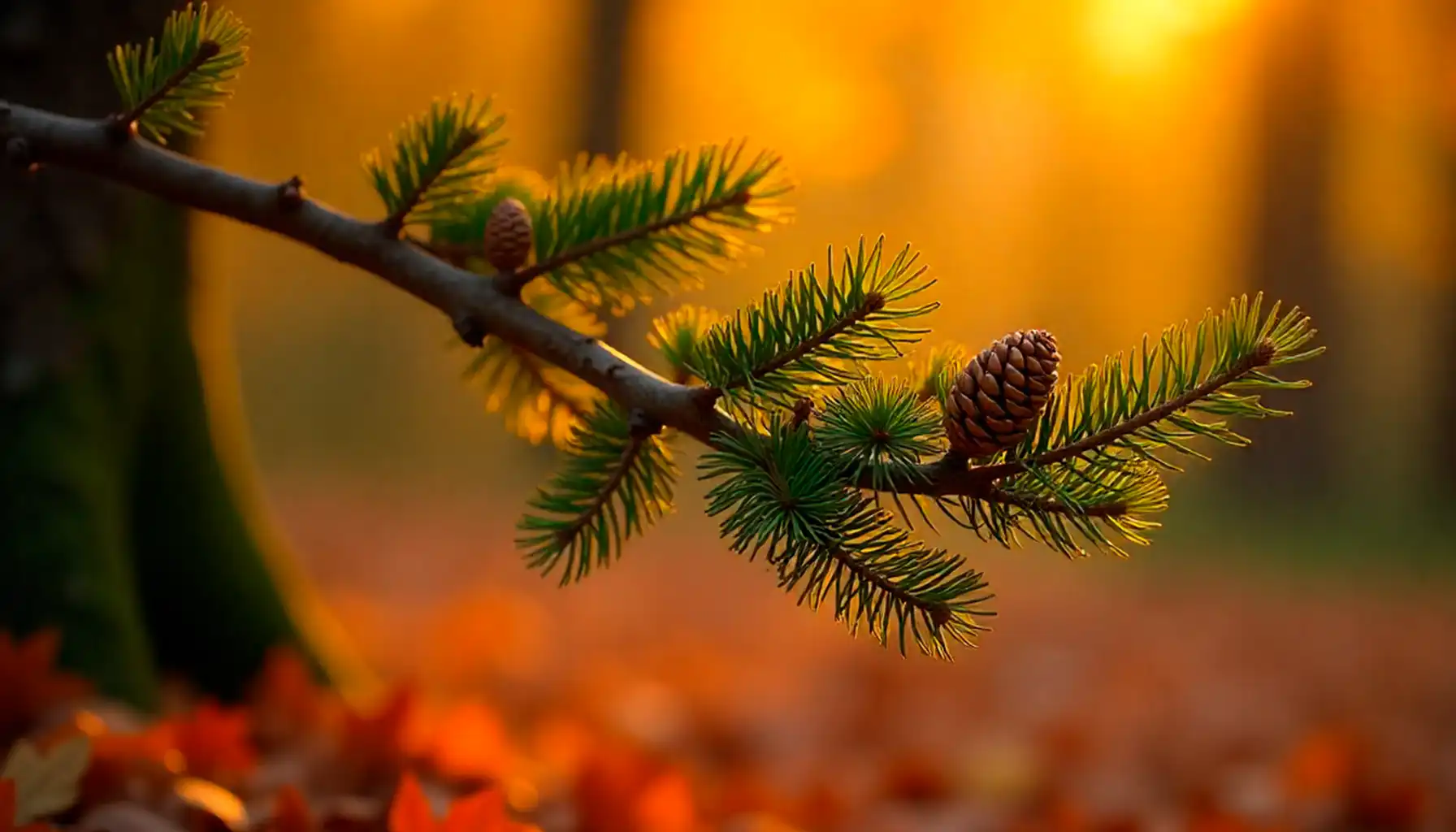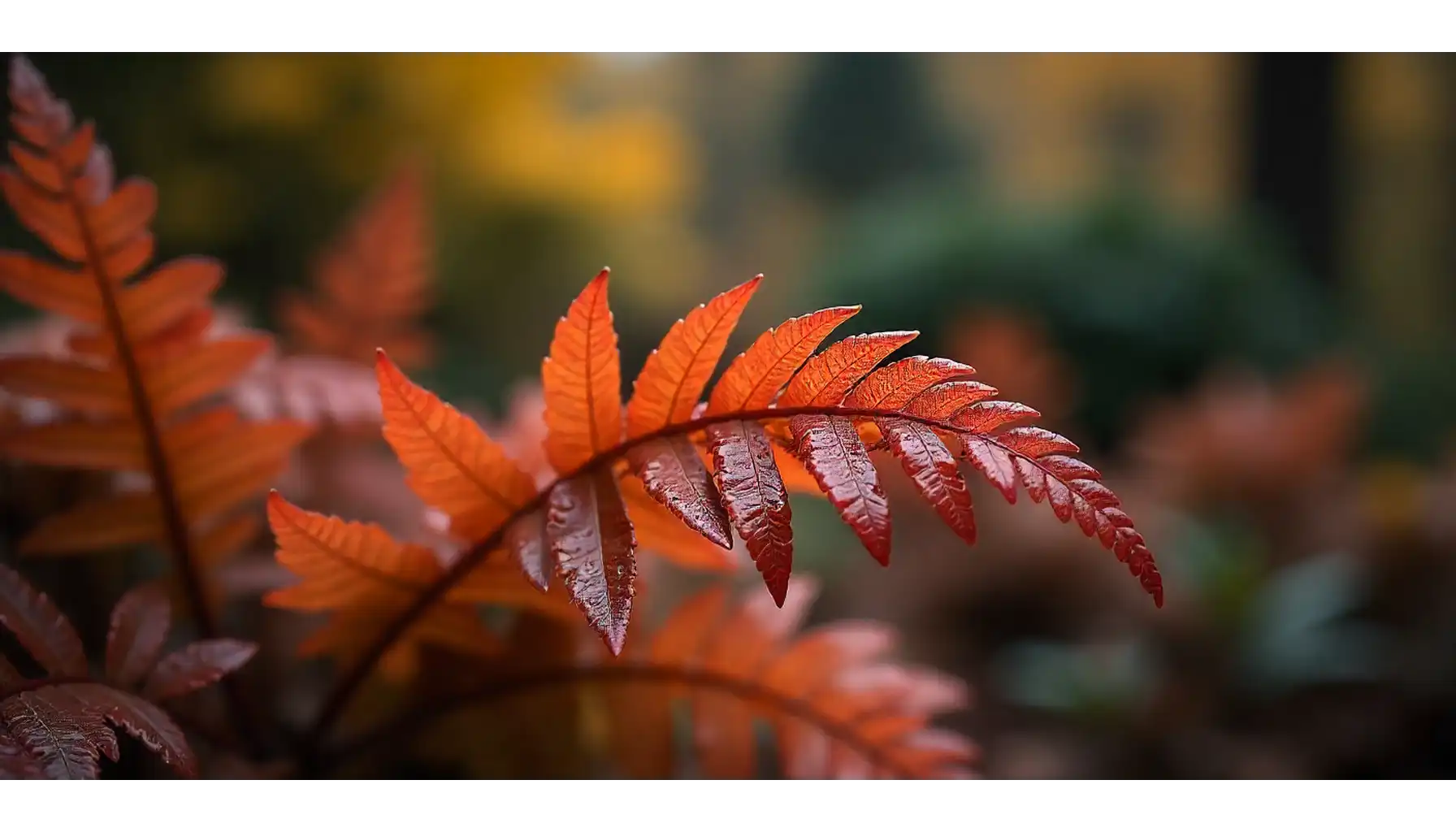The Autumn Blaze Maple, also known as Dryopteris Erythorosa Autumn Fern, is one of the most popular landscape trees, characterized by its bright fall color and adaptability. This hybrid Maple combines the best traits of its parent species. Oliver M. Freeman, a scientist from the U.S. National Arboretum, named the hybrid in 1933.
For many years now the tree makes it an excellent choice for homeowners and landscapers alike. If you question the suitability of a plant for home or garden decoration, the optimal decision would be to use a free plant id app.
Autumn Blaze Maple Tree ID
The Autumn Blaze Maple Tree (Acer × freemanii “Jeffersred”) is a maple created by crossing the Red Maple (Acer Rubrum) and the Silver Maple (Acer Saccharinum). The plant reaches about 40–50 feet tall and 30–40 feet wide at maturity.
These trees are widely cultivated in numerous cities across the US and Canada. Especially in Denver, Boston and Autumn Fern Texas. particularly in areas located within USDA hardiness zones 3–8.
Autumn Blaze Maple Growth, Size, and Lifespan Explained
Growth Rate | Fast-growing (up to 3–5 feet per year in ideal conditions) |
Autumn Fern Height | 40–50 ft |
Spread | 30–40 ft |
Zone | 3-8 outdoors |
Lifespan | 30–50 years on average (sometimes longer with ideal care) |
Root System | Shallow but vigorous; may extend far beyond the canopy |
Leaf Color | Dark green in spring/summer, transforming to brilliant orange-red in fall |
Bark | Gray-brown with shallow furrows |
Canopy Shape | Upright oval to rounded, dense foliage |
Features | Brilliant orange-red to scarlet fall color, strong branches, low maintenance |
Autumn Fern scientific name | Acer × freemanii |
Professional Autumn Fern Care Techniques
Sun |
Autumn Fern Dryopteris Erythrosora thrives best in partial to full shade. It makes it an ideal plant for woodland gardens, shaded borders, and areas under tree canopies. |
Soil |
This plant prefers rich, humus-filled, well-draining soil that retains moisture without becoming waterlogged. A slightly acidic to neutral pH, around 5.5 to 7.0, is ideal for optimal nutrient uptake. Before planting, amending the soil with compost, leaf mold, or aged organic matter creates a fertile environment. It encourages strong root development. Well-prepared soil ensures consistent moisture retention, reducing the risk of root rot. It provides a stable foundation for long-term growth. |
Watering |
Dryopteris Autumn Fern requires a balance between keeping the soil consistently moist and avoiding waterlogging. During the establishment phase, the first two to three months regular watering is essential to support root development. In particular during Autumn Fern Care indoors. Once established, the plant becomes more drought-tolerant but still benefits from periodic irrigation. Especially during prolonged dry periods or hot summers. Professional gardeners often use drip irrigation or soaker hoses to deliver water directly to the soil. They reduce the risk of wet fronds, which can encourage fungal infections. Consistent moisture ensures the fronds retain their vibrant color and delicate texture throughout the growing season. |
Mulching |
It’s important in maintaining the health and brilliant Autumn Fern appearance. A layer of organic mulch, such as shredded bark, leaf litter, or pine needles, helps conserve soil moisture, suppress weeds. Moreover, it regulates temperature and soil control. The mulch should be applied 2–3 inches thick. It is important to leave a small gap around the crown of the plant to prevent rot. Over time, the mulch breaks down, enriching the soil with organic matter and supporting the natural nutrient cycle. Regular mulching reduces maintenance requirements while enhancing both the visual and functional aspects of shaded garden beds. |
Pest and Disease Management |
The Fern Autumn Brilliance is generally resilient but can occasionally face issues with pests and fungal diseases. Common pests include slugs, snails, and scale insects, which may feed on tender fronds. Diseases such as leaf spot or rust can occur if airflow is restricted or if fronds remain wet for extended periods. Proper spacing between plants requires regular monitoring. Good air circulation depends on correct plant placement. Immediate removal of damaged fronds prevents disease spread. Hand removal of pests or the use of organic neem oil sprays, can effectively manage infestations while minimizing environmental impact. Vigilant monitoring and preventive care help maintain the fern’s health and ornamental value throughout the season. |
How to Plant
When planting an Autumn Fern (Dryopteris Erythrosora), proper spacing is crucial. Plant trees 30–40 feet apart to allow room for canopy spread and root development. The shallow but extensive root system means it’s best to avoid planting near driveways or sidewalks.
While this plant will enhance your landscape throughout the year, it’s crucial to remember the importance of protecting your plants from freezing, because Autumn Fern in winter is most vulnerable. There are some recommendations of seasons for the Brilliance Autumn Fern plant.
Season | Suitable for Planting | Comment |
Spring | Yes | Best time, tree has full season to establish roots |
Summer | Possible | Requires frequent watering and care due to heat stress |
Fall | Yes | Excellent time, cooler weather and rains help root growth |
Winter | No | Frozen ground prevents root establishment (except in frost-free areas, where you can see Autumn Brilliance Fern in winter) |
Planting Steps
Choose Location: Pick a sunny spot with space for the tree’s mature size. Ensure well-drained soil.
Prepare the Soil: Loosen the soil in a wide area. Remove weeds, rocks, or turf where the tree will be planted.
Dig the Hole While Autumn Fern Spacing Process: Make the hole 2–3 times wider than the root ball but only as deep as the root ball’s height.
Place the Tree: Position the tree upright in the center of the hole. The top of the root ball should sit level with or slightly above ground level.
Backfill Soil: Fill the hole with the removed soil, gently tamping to remove air pockets. Avoid burying the trunk.
Water Thoroughly: Give the tree a deep watering immediately after planting to settle the soil around the roots.
Apply Mulch: Spread a 2–4 inch layer of mulch around the base, keeping it a few inches away from the trunk.
Stake if Needed: Stake young trees only if they are in a windy area, and remove stakes after 1 year.
Aftercare: Water regularly during the first year, especially in dry spells, until the tree is established. This step will subsequently affect Autumn Fern cold hardiness.
The Autumn Fern in Landscape
Soil and Erosion Management | Its fibrous root system helps stabilize soil, particularly on slopes or in woodland settings |
Autumn Fern Companion Plants | Match with Hostas, Hydrangeas, Heucheras, and Woodland Bulbs, creating layered, multi-season planting schemes |
Low Maintenance Landscaping | Once established, Autumn Brilliance Fern requires little maintenance—occasional watering and removal of damaged fronds suffice |
Aesthetic Appeal | Seasonal color fronds variation, ideal for vibrant gardens with red-based trees (from bright red to glossy green) |
Windbreak | Effective as part of a wind barrier |
Shade | Provides huge summer shade |
Pros & Cons Table
Pros | Cons |
Season Colors | Slow Establishment |
Autumn Fern Evergreen | Pest Vulnerability |
Ecology Impact | Moisture Sensitivity |
Excellent Companion Plant | Limited Drought Tolerance |
Versatile Landscaping Use | Slow Spread in Dense Shade |
FAQs
What is the Autumn Fern native range?
The plant is native to East Asia, specifically China, Japan, and Korea. It has become a popular ornamental plant worldwide due to its attractive foliage and relatively easy cultivation requirements.
Is Autumn Fern toxic to cats?
No, Autumn Fern is non-toxic to cats. It is considered safe to grow in households with pets. Cats can nibble on Autumn Fern leaves without risk of poisoning, though excessive chewing may cause mild stomach upset.
How much does the Autumn Fern plant photo differ from the real one?
The Autumn Fern in photos may appear more vibrant compared to real life. Lighting and editing can enhance colors. In reality, frond color and size can vary depending on growing conditions, age, and seasonal changes.
Related AI Plant Finder Posts
